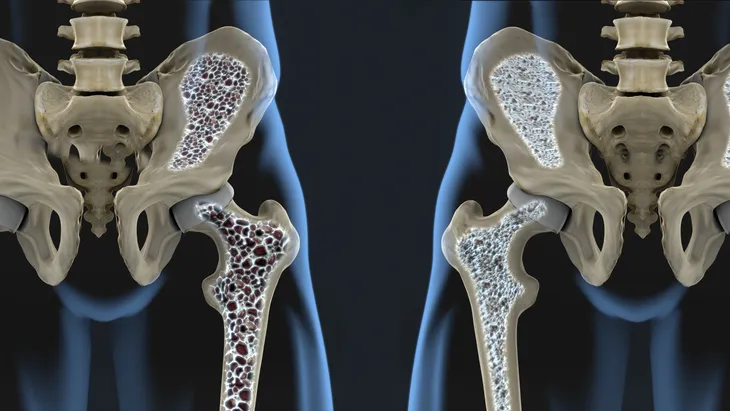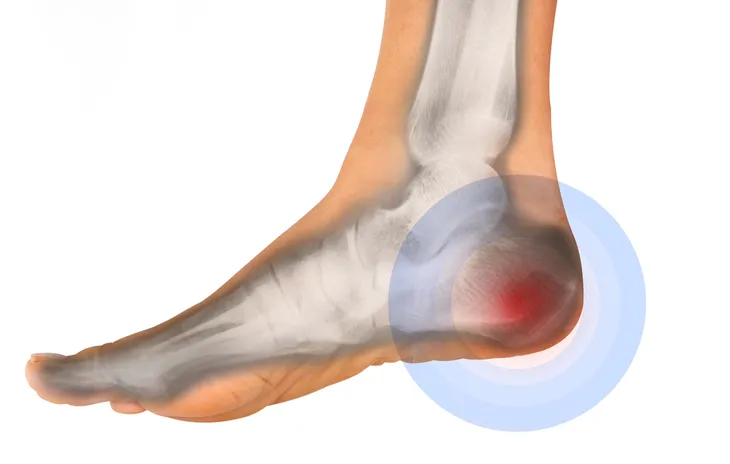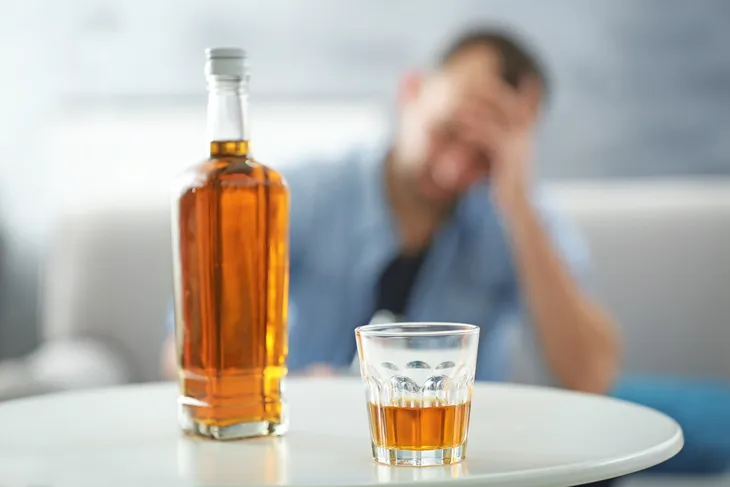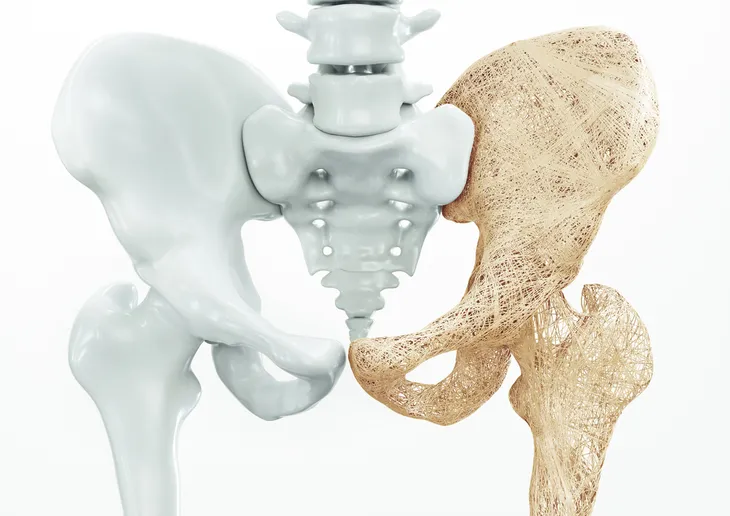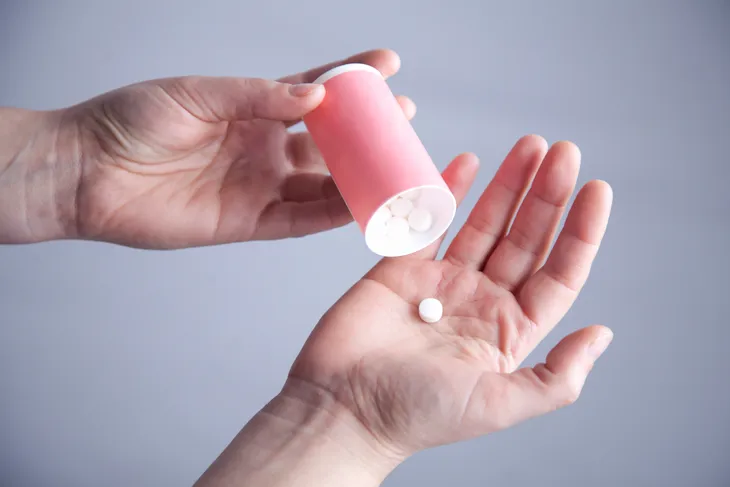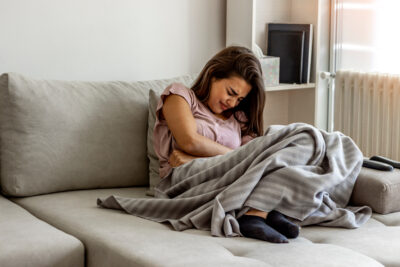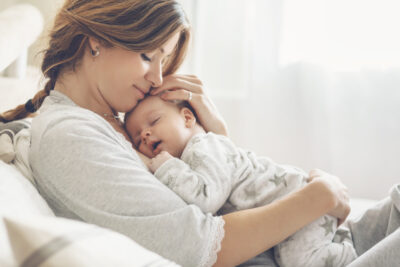You’ve likely heard of osteoporosis, but have you heard of osteopenia, a condition that begins the thinning and weakening the bones and is considered the precursor to fully-developed osteoporosis?
With more than half of all adults over 50-years-old (particularly women) stricken with osteoporosis, perhaps we should be on the lookout for these eight early warning signs and precursors of osteopenia…
Bone Loss is Genetic
If your mother or grandmother suffer from osteoporosis (we all know someone who does), you can also start to see the signs of osteopenia between the ages of 30 and 40, when bone loss gradually starts. If you eat well (a diet high in calcium) and do regular bone-strengthening exercise (that’s high impact), however, you may be able to prevent bone loss.
You’re a Smoker
The Centers for Disease Control and Prevention considers osteopenia and osteoporosis smoking-related illnesses. In fact, numerous studies show that smoking sabotages bones and heightens the risk of osteoporosis. The good news is that once you butt out, you’re body and bones can recuperate.
You’ve Had a Recent Fracture
One very huge indication of weakening bones is a tendency to fracture—for example, something as simple as fracturing an ankle if you twist it. If you’ve suffered a fracture that seemed uncharacteristically severe for the cause (i.e., a twisted ankle or wrist), ask your doctor for a bone density test (or DXA scan), which measures the amount of calcium and bone support within each bone segment.
You Drink Alcohol Daily
One glass of wine with dinner won’t weaken your bones, but studies link consumption of more than 2 alcoholic beverages daily to bone loss. Women are particularly prone to the calcium- and magnesium-leaching effects of alcohol on bones.
You’re Fine-Boned
Individuals with small, fine-boned frames tend to suffer fractures more frequently and develop osteoporosis sooner than those with larger-boned frames. Individuals with both larger and smaller frames can develop osteoporosis, however, those with smaller, finer frames have much less bone to work with and minor thinning can set off osteopenia much sooner.
You Don’t Drink Milk
Milk is considered vital for bone growth and support, but if you don’t drink cow’s milk—due to allergy or intolerance—you can still find valuable sources of calcium, magnesium, and vitamin D in glass form. Just add soy, almond, or rice milk fortified with calcium, vitamin D, and other bone-building minerals to your coffee, tea, cereal, or wherever else you’d use milk. You can also get calcium from other dairy products such as cheese, yogurt, and cottage cheese. Again, if you’re not a fan of dairy or have an intolerance, there are plenty of non-dairy foods that are rich in calcium.
For more information, check out our article on the Signs and Symptoms of a Calcium Deficiency.
You’ve Had an Eating Disorder
We’ve already established that small, fine-framed women are prone to osteopenia. However, research out of Columbia University’s Endocrinology department suggest that if you’ve suffered with bulimia or anorexia, the associated low body weight, nutritional deficiencies, decreased estrogen levels, and missed periods osteoporosis can strip your bones of vital nutrients and strength.
You Take Prescription Corticosteroids
If your doctor has prescribed prednisone or another cortisone medication to treat an autoimmune condition—such as lupus or rheumatoid arthritis—you may risk osteopenia and osteoporosis much sooner. Cortisone-type medications tend to leach calcium, vitamin D, and estrogen from bones if you take them over a long duration. This is particularly damaging for women taking these medications.

